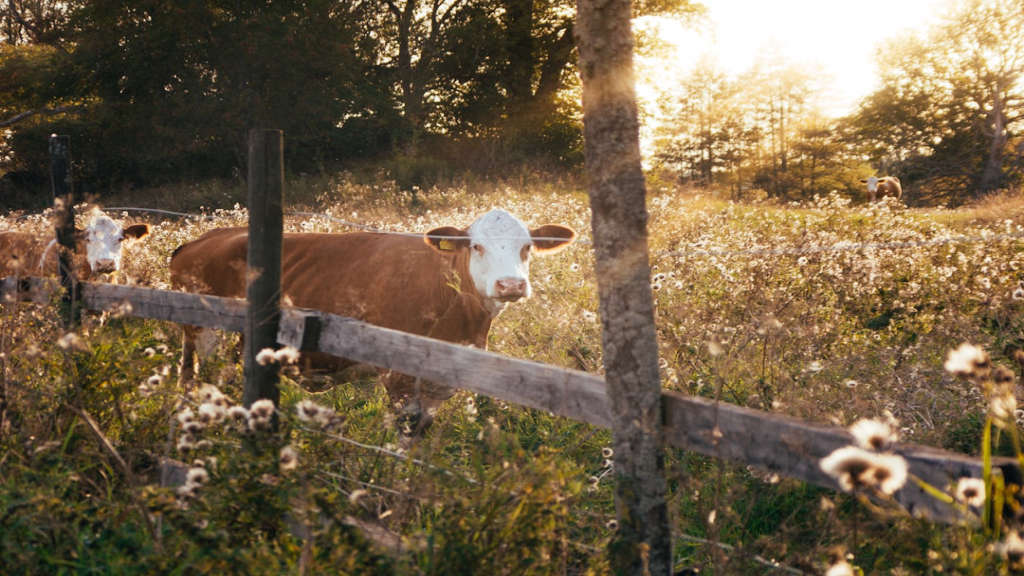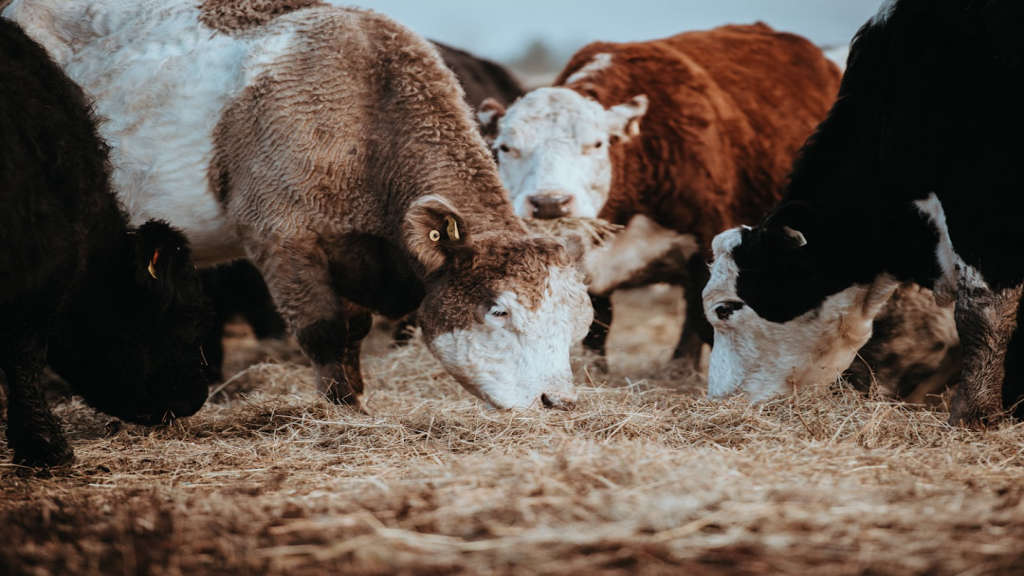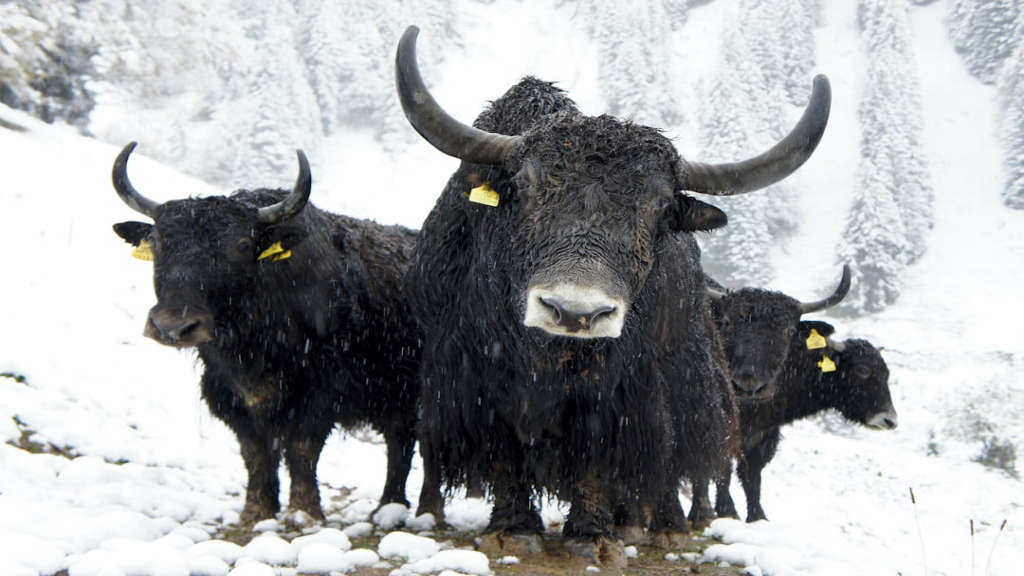In recent years, the demand for high-quality beef has surged, and among the many options available, Piedmontese beef stands out for its unique flavor and tenderness. As consumers seek the best cuts for their meals, understanding the pricing across different regions becomes essential. This article aims to provide an insightful Piedmontese beef price comparison that sheds light on how costs vary and what factors contribute to these differences in various locales.
Main Points
- Overview of Piedmontese beef and its unique characteristics.
- Regional price comparisons and influences on cost.
- Factors affecting the price of Piedmontese beef.

Understanding the Factors Influencing Piedmontese Beef Prices in Different Regions
When delving into the domain of meat pricing, particularly that of Piedmontese beef, it’s essential to recognize that various factors contribute significantly to the price variations across different regions. The intricate dance between supply and demand, alongside regional characteristics, creates a rich tapestry that reflects the market’s dynamics. Understanding these influences can provide valuable insights for consumers, farmers, and retailers alike.
Key Factors Affecting Piedmontese Beef Prices
Several elements can significantly affect the pricing of Piedmontese beef. Here, we outline the most crucial ones:
- Geographical Variance: The location where cattle are raised can have a massive impact on beef pricing. Factors such as climate, soil quality, and proximity to urban markets can either elevate or decrease production costs.
- Feed Prices: The cost of feed directly influences the price of beef. In areas where feed is expensive, the costs are likely passed on to consumers. Conversely, regions with abundant and affordable feed may experience lower prices.
- Consumer Demand: The popularity of Piedmontese beef among consumers also dictates its price. Increasing awareness of its superior flavor and nutritional benefits can lead to higher demand, consequently driving prices up.
While these factors provide a solid foundation for understanding Piedmontese beef pricing, it’s also important to consider the nuances that may come into play. For instance, local traditions in meat consumption, potential tariffs, and trade regulations can add layers of complexity to this market. Additionally, the reputation of specific farmers or breeding practices can lead to a perceived value, allowing some producers to command higher prices.
Regional Insights
Exploring regional variances can unveil how the same product, Piedmontese beef, can be priced differently based purely on geographical context. For example:
- Northern Regions: Typically, these areas may possess more fertile grounds and advanced farming techniques, leading to higher production but increased competition, which can stabilize prices.
- Southern Areas: In contrast, regions with less access to premium feed may see inflated prices as producers struggle to meet demand without the necessary resources.
Ultimately, lying at the heart of beef pricing is not simply economics but the storied tradition of cattle farming and consumer preferences. Many factors intertwine to shape the market for Piedmontese beef, making it a fascinating case study in agricultural economics. As consumers and industry stakeholders navigate these complexities, understanding the underlying influences will be key to making informed choices in this vibrant market.

Comparative Analysis: How Regional Differences Impact the Cost of Piedmontese Beef
The cost of Piedmontese beef varies significantly across different regions, influenced by factors such as local farming practices, climate, and market demand. Understanding these regional differences can provide valuable insights for consumers and producers alike. In this analysis, we will explore how geographical variations affect the pricing of this unique breed of cattle.
1. Geographic Distribution and Production Costs
The origin of Piedmontese beef lies in the Piedmont region of Italy, where the breed was first developed. Here, the cost of production is generally lower due to favorable farming conditions. For instance, the rich soil and temperate climate result in increased efficiency in cattle raising. In contrast, regions that experience harsher climates or are less agriculturally fertile often face higher production costs. Consequently, these higher costs are reflected in the market price of the meat.
2. Market Demand and Pricing Strategies
The demand for Piedmontese beef also varies by region. In urban centers, the demand often drives prices up. Consumers in these areas tend to seek out premium products, which can lead to a markup. Conversely, in rural areas where livestock farming is prevalent, prices may be more competitive. It’s crucial to note that factors such as consumer awareness and marketing strategies further affect how Piedmontese beef is priced in different markets.
3. Farming Practices and Sustainability
Farming practices significantly influence the overall cost of Piedmontese beef. Regions that adhere to sustainable farming techniques typically incur higher initial costs. However, investing in sustainable methods can yield long-term benefits, including higher quality meat and an enhanced reputation that can justify higher prices. Conversely, areas focused solely on maximizing profit through conventional practices may offer cheaper beef at the expense of sustainability.
| Region | Average Cost per Pound | Sustainability Practices |
|---|---|---|
| Piedmont, Italy | $8.00 | High |
| Midwest USA | $10.50 | Moderate |
| Southeast USA | $12.00 | Low |
In conclusion, the cost of Piedmontese beef is affected by a multitude of factors stemming from regional differences. Understanding these dynamics enables both consumers and producers to make informed decisions. By taking into account factors such as farming practices, market demand, and geographic conditions, stakeholders can navigate the complexities of this specialized market more effectively.

Maximizing Value: Tips for Consumers on Purchasing Piedmontese Beef at Regional Markets
When it comes to sourcing high-quality meats, Piedmontese beef stands out for its remarkable flavor and tenderness. If you’re considering purchasing Piedmontese beef at your local regional market, there are a few strategies you might want to employ to ensure you maximize value while satisfying your culinary cravings. Navigating meat markets can sometimes feel overwhelming, but with the right approach, you can make the most informed decision.
Understand the Cut and Quality
First and foremost, it’s essential to familiarize yourself with different cuts of Piedmontese beef. Each cut offers distinct flavor profiles and tenderness levels. For instance, sirloin and tenderloin are known for their succulence, whereas chuck cuts may require longer cooking times to achieve optimal tenderness. Take the time to ask the butcher for recommendations based on your cooking plans. Building a rapport can often lead to valuable insights that may not be readily available on the packaging.
Consider the Source
Next, knowing the source of your meat is crucial. Seek out regional producers who adhere to sustainable practices. You might come across farms that pride themselves on ethical raising and feeding methods, which can positively impact the quality of the meat. Additionally, local markets often feature products that have not undergone extensive transportation, leading to fresher options. Don’t hesitate to ask questions about the farm’s practices; transparency is a good sign of quality.
Look for Special Offers and Bulk Purchases
Being a savvy shopper sometimes means being on the lookout for special offers. Many farmers’ markets and regional butcher shops offer promotional prices on select cuts or when purchasing in bulk. While this might require a little planning ahead, the savings can be significant. Plus, having quality Piedmontese beef on hand can make weeknight meal prep both convenient and delicious.
Sample Before You Buy
If possible, try to sample the beef before committing to a purchase. Some vendors may offer tasting portions, allowing you to appreciate the flavor before making a selection. A small taste can reveal the tenderness and richness that makes Piedmontese beef so beloved, which can significantly influence your purchasing decisions.
Ask About Recommendations
Additionally, don’t shy away from asking the vendor for pairing recommendations. They’re often well-versed in what cuts work best with various cooking techniques or seasonings, and their expertise can lead you to discover new culinary delights. For example, you might learn that a certain cut is perfect for slow cooking or grilling, aspects that could enhance your meal experience.
By equipping yourself with knowledge about cuts, sourcing information, potential deals, tasting opportunities, and vendor recommendations, you can confidently navigate the world of regional markets for Piedmontese beef. The experience can be both enriching and enjoyable, transforming routine grocery shopping into an adventure that yields both high-quality ingredients and value for your culinary endeavors.
Conclusion
In conclusion, understanding the nuances behind the Piedmontese beef price comparison can significantly aid consumers and chefs alike in making informed decisions. Prices may vary based on quality and sourcing, but knowing where to look can enhance your culinary experiences. It’s essential to evaluate these differences closely because they reflect the overall value of the product. By comparing prices from various suppliers, you can appreciate the unique qualities of Piedmontese beef better. Ultimately, this understanding empowers you to choose the best options available while ensuring a delightful dining experience.
Frequently Asked Questions
What factors affect the price of Piedmontese beef?
The price of Piedmontese beef can be influenced by factors such as feed costs, supply and demand dynamics, the age and weight of the cattle, quality grading, and market competition.
Is Piedmontese beef more expensive than regular beef?
Yes, Piedmontese beef tends to be more expensive than regular beef due to its unique characteristics, such as lower fat content, tenderness, and higher protein levels, which are often sought after by consumers.
Where can I buy Piedmontese beef?
Piedmontese beef can be purchased at specialty butcher shops, farmers’ markets, and online retailers that focus on high-quality meats. It’s also advisable to check local farms that may offer direct sales to consumers.